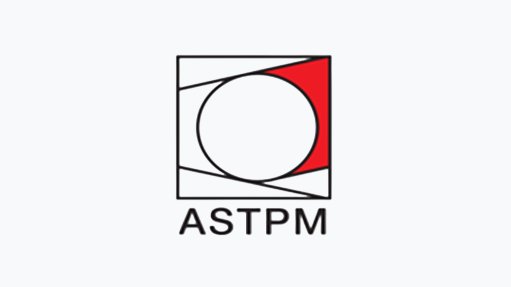US scientists show that rapid release of GHGs because of Arctic thaw is unlikely
US scientists have concluded that soil subsidence in the huge tundra regions of the Arctic is unlikely to trigger large-scale rapid thawing of the region, with a concomitant release of huge quantities of greenhouse-gases (GHGs) into the atmosphere. The scientists are based at the US Department of Energy’s Oak Ridge National Laboratory (ORNL), in the State of Tennessee.
The tundra has been permanently frozen for thousands of years and has thus ‘locked up’ huge amounts of carbon. As temperatures rose, this permanent ice – the permafrost, as it was called – would melt. As water in ice form occupied a greater volume than it did in its liquid form, this melting would cause ground to subside. Such subsidence would inevitably be uneven.
The United Nations Intergovernmental Panel on Climate Change had expressed concern that such uneven ground subsidence could create a ‘feedback loop’ that would significantly accelerate the thawing process, so releasing lots of GHGs during the coming decades. This concern was based on observations of uneven ground subsidence on small-scales and in short timeframes.
One of the capabilities at ORNL was the Advanced Terrestrial Simulator (ATS). This was a very accurate physics-based model of the hydrology of the tundra. It was fed with detailed, real-world data. The ATS model had also been evaluated against real-world observations. This gave the scientists high confidence in the accuracy of the results.
And a key result was that, as the large ice deposits in the tundra melted, and the ground subsidised unevenly, the consequence would be a drier landscape. This drier landscape, in turn, would limit the acceleration of the process to the end of this century. “Improved drainage results in a drier landscape over a decadal timescale, and the process then becomes self-limiting,” reported ORNL Watershed Systems Modelling group leader Scott Painter.
The research team focused its attention on a large area of the tundra that was characterised by “ice wedges”. These were long ice structures that broke the surface of, but also extended below, the tundra, creating polygonal forms. The simulations run by the scientists were based on measurements collected in this “polygonal tundra”.
“We looked at the microtopography caused by these ice wedges in the subsurface and how that controls the flow of water,” he explained. “Ours is the first capability to capture the effect of changing microtopography and represent it in climate models.” There would indeed be increasing releases of GHGs as the tundra thawed. “But here, we have identified that one of the most worrisome processes, this runaway thawing due to subsidence, is unlikely to occur over a long time frame.”
However, the melting of the permafrost and the drying of the tundra could have other ecological consequences. “As the polygonal tundra gets very dry, by the year 2100 it could have ecological impacts for migratory birds, which use these ecosystems as breeding grounds," he cautioned.
Article Enquiry
Email Article
Save Article
Feedback
To advertise email advertising@creamermedia.co.za or click here
Comments
Announcements
What's On
Subscribe to improve your user experience...
Option 1 (equivalent of R125 a month):
Receive a weekly copy of Creamer Media's Engineering News & Mining Weekly magazine
(print copy for those in South Africa and e-magazine for those outside of South Africa)
Receive daily email newsletters
Access to full search results
Access archive of magazine back copies
Access to Projects in Progress
Access to ONE Research Report of your choice in PDF format
Option 2 (equivalent of R375 a month):
All benefits from Option 1
PLUS
Access to Creamer Media's Research Channel Africa for ALL Research Reports, in PDF format, on various industrial and mining sectors
including Electricity; Water; Energy Transition; Hydrogen; Roads, Rail and Ports; Coal; Gold; Platinum; Battery Metals; etc.
Already a subscriber?
Forgotten your password?
Receive weekly copy of Creamer Media's Engineering News & Mining Weekly magazine (print copy for those in South Africa and e-magazine for those outside of South Africa)
➕
Recieve daily email newsletters
➕
Access to full search results
➕
Access archive of magazine back copies
➕
Access to Projects in Progress
➕
Access to ONE Research Report of your choice in PDF format
RESEARCH CHANNEL AFRICA
R4500 (equivalent of R375 a month)
SUBSCRIBEAll benefits from Option 1
➕
Access to Creamer Media's Research Channel Africa for ALL Research Reports on various industrial and mining sectors, in PDF format, including on:
Electricity
➕
Water
➕
Energy Transition
➕
Hydrogen
➕
Roads, Rail and Ports
➕
Coal
➕
Gold
➕
Platinum
➕
Battery Metals
➕
etc.
Receive all benefits from Option 1 or Option 2 delivered to numerous people at your company
➕
Multiple User names and Passwords for simultaneous log-ins
➕
Intranet integration access to all in your organisation














